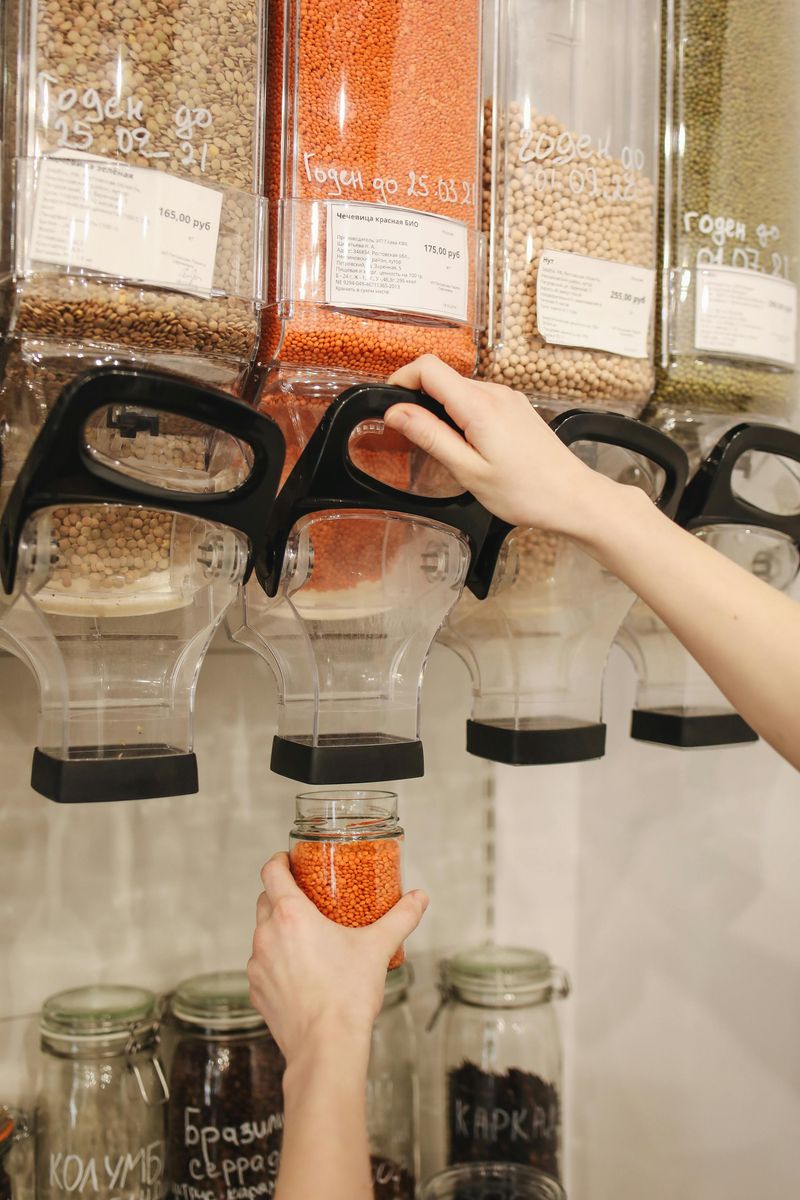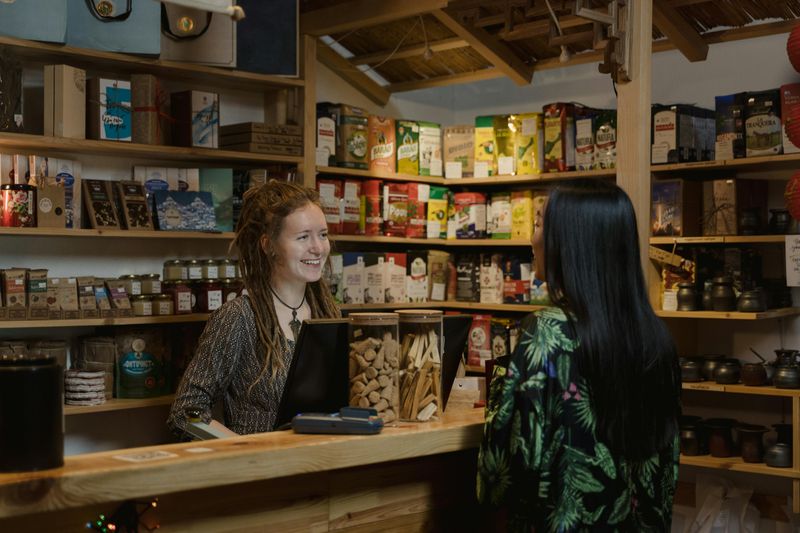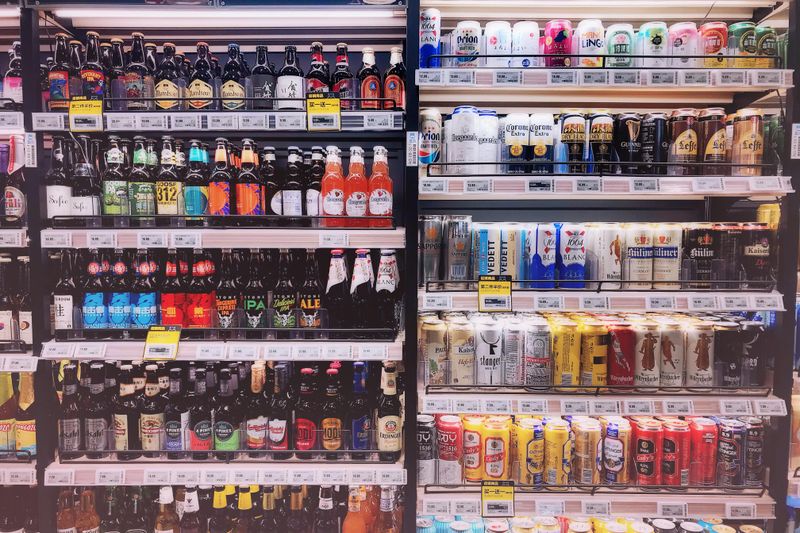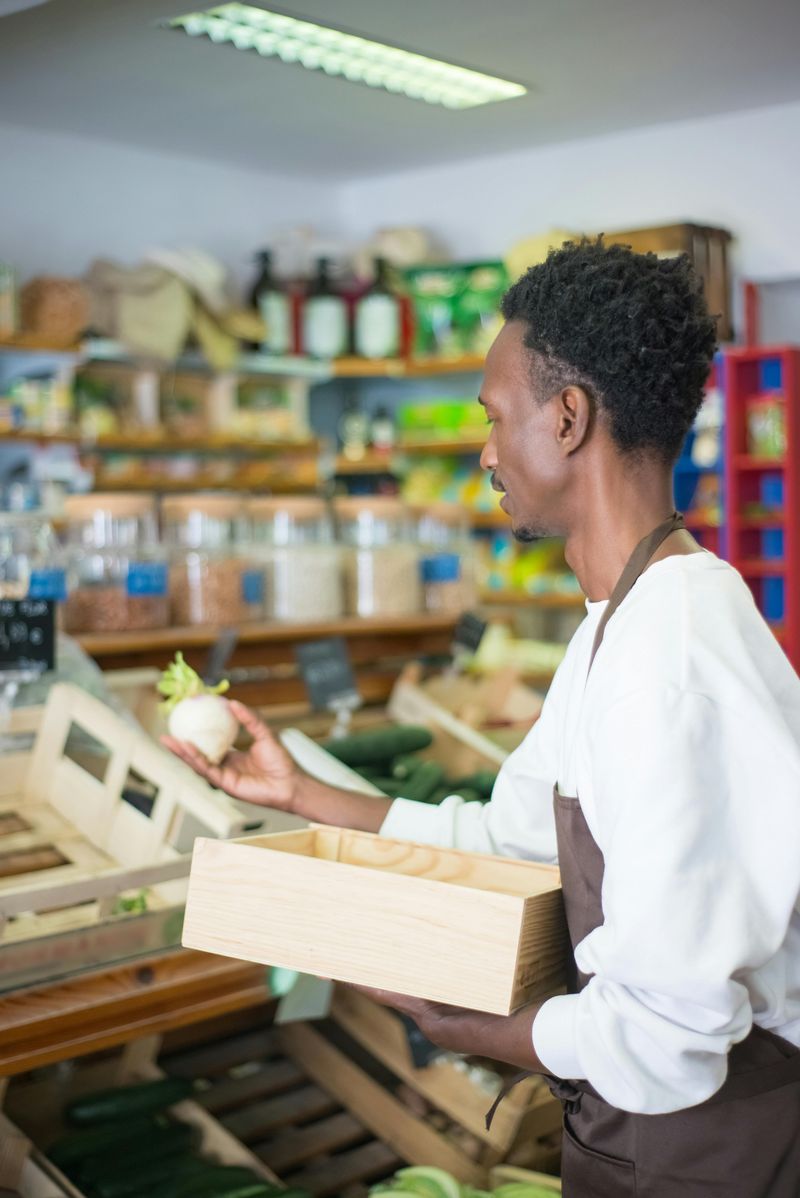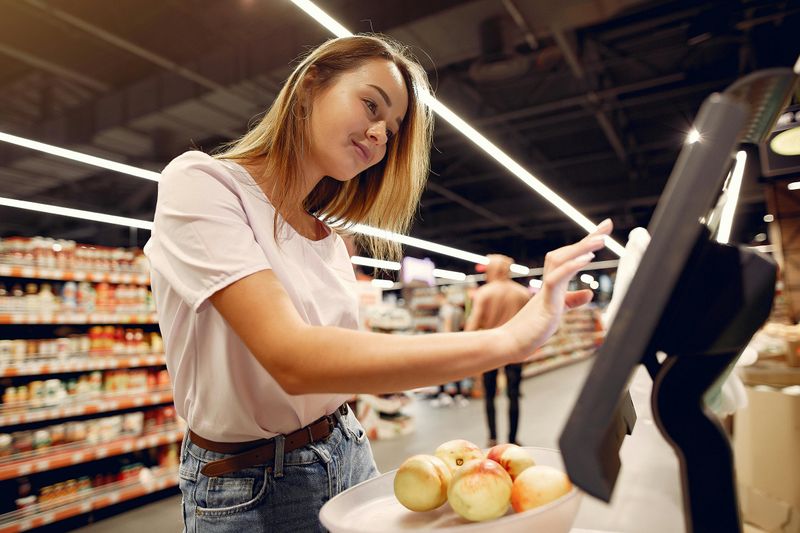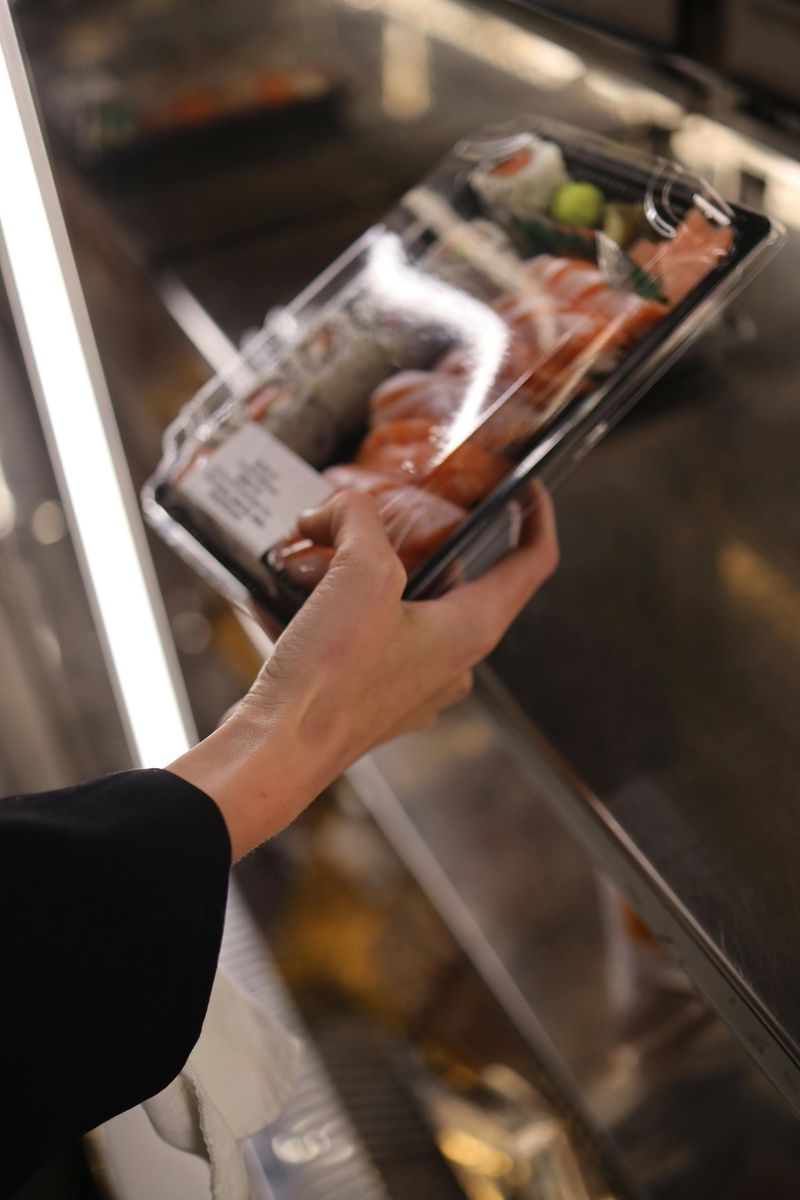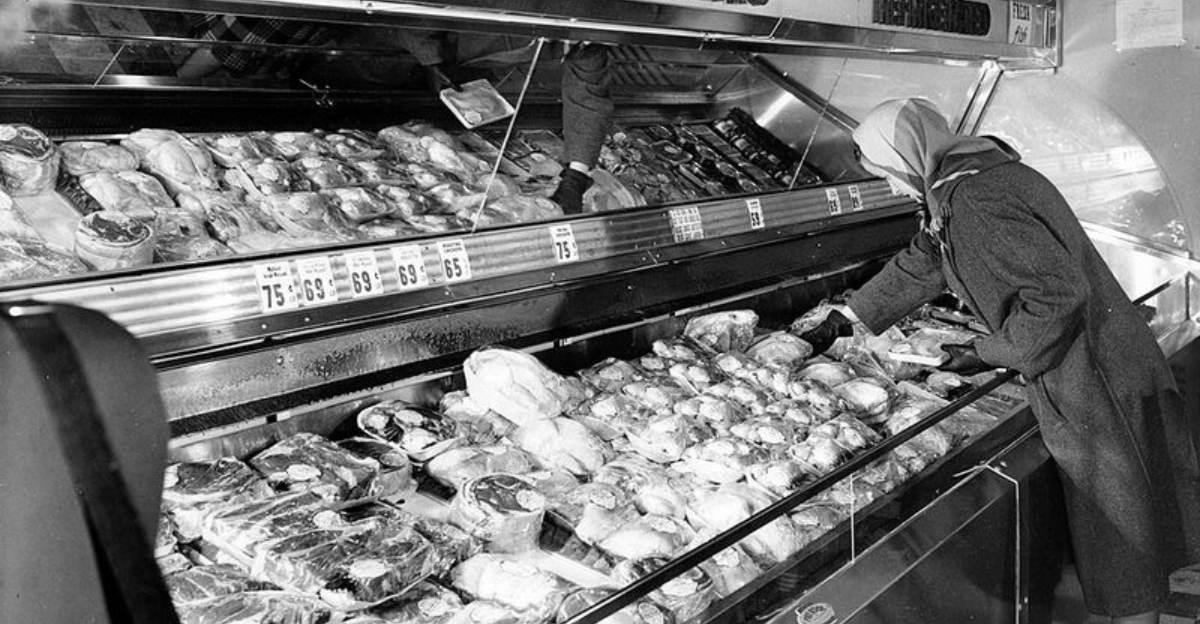How Grocery Stores Have Changed Over The Years
Grocery shopping once meant standing at a counter, politely listing every item while the shopkeeper gathered it by hand.
That slow, personal ritual belongs to another era. Modern supermarkets burst with color and choice, turning the weekly chore into a sensory experience filled with bright produce, aisles of options, and the hum of scanners at checkout. The evolution of grocery stores tells the story of how people changed their habits, priorities, and pace of life, shifting from simplicity to convenience without losing the joy of discovering something fresh to bring home.
1. From Counter Service To Self-Service Shopping
Picture this: walking into a store where everything sits behind a counter, and you must ask someone to grab your flour, sugar, and canned beans. That was grocery shopping before the 1930s!
Piggly Wiggly revolutionized everything in 1916 by introducing self-service. Suddenly, shoppers could wander aisles, touch products, and choose items themselves.
This shift gave customers freedom and control. Stores could stock more variety, and shopping became faster and more personal for everyone involved.
2. The Birth Of Shopping Carts
Carrying baskets around stores was exhausting, especially when buying food for an entire family. Your arms would ache before you even reached the checkout line!
Sylvan Goldman invented the shopping cart in 1937, and it changed everything. However, shoppers initially refused to use them, thinking they looked silly.
Goldman hired models to push carts around his store, making them trendy. Today, we cannot imagine grocery shopping without these wheeled helpers rolling beside us.
3. Barcodes And Scanners Speed Things Up
Before 1974, cashiers had to memorize prices or manually type every single item into the register. Checkout lines moved slower than a sleepy sloth on Sunday morning!
The first barcode was scanned on a pack of Wrigley gum in Ohio. This tiny innovation transformed retail forever, making checkout lightning-fast and reducing human error.
Though some customers initially feared computers tracking their purchases, barcodes became standard. Now, they are everywhere, even on bananas!
4. Refrigeration Revolutionizes Fresh Food
Once upon a time, grocery stores only sold canned, dried, or preserved foods. Fresh milk, meat, and produce spoiled too quickly without proper cooling technology available.
Commercial refrigeration arrived in the 1920s and 1930s, transforming what stores could offer. Suddenly, shoppers could buy fresh chicken, cold milk, and crisp lettuce year-round.
This innovation improved nutrition and food safety dramatically. Families enjoyed healthier meals, and stores expanded their inventory beyond imagination.
5. Organic And Health Food Sections Emerge
Decades ago, organic food was practically nonexistent in mainstream grocery stores. If you wanted pesticide-free produce, you had to grow it yourself or visit specialty shops.
Starting in the 1990s, demand for healthier options exploded. Stores responded by creating dedicated organic sections, featuring everything from kale to gluten-free cookies.
Today, organic products dominate entire aisles. Shoppers care about what goes into their bodies, and grocery stores have adapted to meet those wellness-focused expectations.
6. Self-Checkout Kiosks Take Over
Waiting in long checkout lines used to be unavoidable, especially during weekend rushes. Patience was required, whether you liked it or not!
Self-checkout kiosks appeared in the late 1990s, offering shoppers a faster alternative. Though early machines were glitchy and frustrating, technology improved over time.
Now, many stores feature more self-checkout stations than traditional lanes. While some miss human interaction, others love the speed and independence these machines provide daily.
7. Online Grocery Shopping And Delivery Services
Who would have imagined ordering groceries from your couch while wearing pajamas? That sounded like science fiction just twenty years ago!
Companies like Instacart, Amazon Fresh, and Walmart Grocery transformed shopping habits forever. Now, apps let you order everything from avocados to frozen pizza with a few taps.
The COVID pandemic accelerated this trend massively. Delivery and curbside pickup became essential, proving convenience will always win hearts and wallets.
8. Prepared Meal Sections And Hot Food Bars
Grocery stores used to only sell raw ingredients. If you wanted dinner, you had to cook everything from scratch at home, no shortcuts allowed.
Today, prepared meal sections offer rotisserie chickens, sushi, salad bars, and even gourmet entrees. Busy families can grab dinner without visiting restaurants or spending hours cooking.
This shift reflects our fast-paced lifestyles. Grocery stores became part restaurant, part marketplace, adapting brilliantly to modern demands for convenience and quality.

